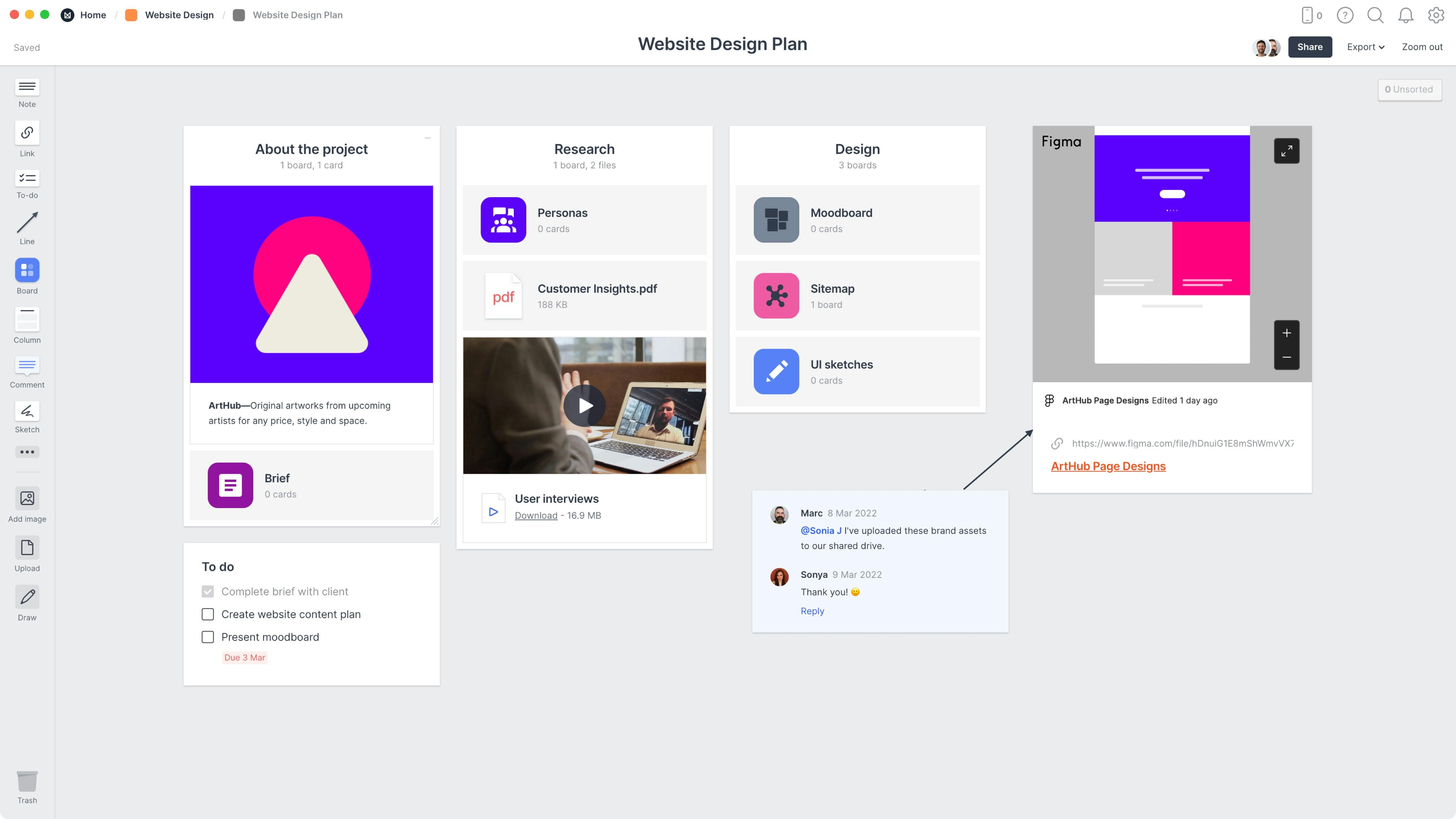Discovering the Connection Between SEO and Effective Website Design
Wiki Article

Crafting a User-Friendly Experience: Necessary Aspects of Reliable Internet Site Layout
In the realm of web site layout, the relevance of crafting an easy to use experience can not be overemphasized. Crucial aspects such as a clear navigating framework, responsive design principles, and fast filling times work as the structure for involving users properly. An instinctive individual interface coupled with available web content standards ensures that all individuals, regardless of capacity, can browse with convenience. Regardless of these essential concepts, numerous websites still falter in providing this seamless experience. Understanding the underlying variables that add to efficient layout can lose light on how to enhance user contentment and involvement.Clear Navigating Structure
A clear navigation framework is basic to reliable internet site style, as it straight influences user experience and engagement. Customers need to have the ability to locate details effortlessly, as user-friendly navigation lowers irritation and motivates expedition. An efficient design allows visitors to understand the relationship between various pages and material, resulting in longer site visits and boosted communication.To attain clearness, designers ought to employ familiar patterns, such as top or side navigating bars, dropdown food selections, and breadcrumb trails. These elements not just boost usability however likewise provide a feeling of alignment within the site. Maintaining a constant navigation framework throughout all web pages is vital; this knowledge aids users anticipate where to discover wanted information.
Furthermore, integrating search capability can even more help customers in situating details web content rapidly. In summary, a clear navigating structure is not simply a design selection; it is a strategic aspect that significantly impacts the total success of a site by cultivating a delightful and effective customer experience.
Responsive Style Principles
Effective web site navigation sets the phase for a smooth individual experience, which ends up being a lot more important in the context of responsive layout principles. Responsive style ensures that websites adapt fluidly to various screen dimensions and alignments, enhancing accessibility throughout tools. This flexibility is achieved via adaptable grid designs, scalable pictures, and media questions that allow CSS to readjust styles based on the tool's attributes.Secret concepts of receptive layout include liquid designs that use percentages as opposed to dealt with systems, ensuring that elements resize proportionately. Furthermore, employing breakpoints in CSS makes it possible for the layout to change smoothly in between different device sizes, optimizing the design for each display kind. Making use of receptive photos is also crucial; photos must automatically get used to fit the screen without shedding top quality or creating design shifts.
Additionally, touch-friendly interfaces are crucial for mobile users, with sufficiently sized buttons and instinctive motions boosting customer communication. By integrating these concepts, designers can produce web sites that not just look aesthetically pleasing yet also provide appealing and functional experiences throughout all gadgets. Ultimately, efficient receptive design fosters individual contentment, minimizes bounce prices, and motivates longer interaction with the material.
Rapid Loading Times
While users increasingly expect internet sites to pack swiftly, fast loading times are not just an issue of convenience; they are vital for preserving site visitors and improving general user experience. Research study suggests that users normally abandon web sites that take longer than 3 secs to lots. This abandonment can lead to boosted bounce rates and reduced conversions, ultimately hurting a brand name's track record and income.Quick packing times enhance customer interaction and satisfaction, as visitors are more probable to explore a website that responds quickly to their interactions. In addition, online search engine like Google prioritize speed in their ranking formulas, implying that a slow web site might have a hard time to attain visibility in search results page.

User-friendly Individual User Interface
Quick filling times lay the foundation for an appealing online experience, but they are only component of the equation. An instinctive interface (UI) is necessary to make certain visitors can browse a site effortlessly. A properly designed UI permits individuals to achieve their goals with minimal cognitive tons, cultivating a smooth communication with the website.
Crucial element of an intuitive UI include consistent layout, clear navigating, and well-known symbols. Consistency in layout elements-- such as color design, typography, and button designs-- aids individuals understand just how to communicate with the internet site. check out this site Clear navigation frameworks, consisting of rational menus and breadcrumb routes, allow users to locate information swiftly, minimizing irritation and enhancing retention.
In addition, feedback devices, such as hover impacts and packing indicators, inform users concerning their actions and the internet site's response. This transparency grows trust and encourages ongoing engagement. In addition, focusing on mobile responsiveness makes certain that customers appreciate a cohesive experience across tools, satisfying the diverse means target markets gain access to web content.
Accessible Content Standards

First, make use of clear and straightforward language, avoiding lingo that may puzzle visitors. Emphasize correct heading frameworks, which not just aid in navigation however additionally assist display readers in analyzing material hierarchies effectively. Furthermore, offer alternative text for photos to share their significance to individuals who count on assistive modern technologies.
Comparison is an additional vital component; ensure that text stands apart versus the history to boost readability. Make sure that video and audio material includes transcripts and subtitles, making multimedia accessible to those with hearing problems.
Last but not least, integrate keyboard navigability into your design, allowing customers who can not utilize a computer mouse to accessibility all website functions (website design). By sticking to these available web content standards, web designers can create inclusive experiences that deal with the requirements of all users, ultimately improving individual involvement and contentment
Verdict
In verdict, the combination of important elements such as a clear navigating structure, responsive layout principles, quick loading times, an instinctive user interface, and available material guidelines is crucial for creating an user-friendly web site experience. These elements collectively boost usability and interaction, ensuring that users can easily connect and browse with the site. Prioritizing these layout components not just improves overall fulfillment yet likewise cultivates inclusivity, accommodating varied individual needs and preferences in the digital landscape.A clear navigation framework is fundamental to efficient website style, as it directly influences customer experience and engagement. In recap, a clear navigating structure is not just a design option; it is a tactical aspect that significantly affects the overall success of a web site by promoting a satisfying and efficient customer experience.
Additionally, touch-friendly interfaces are crucial for mobile users, with sufficiently sized switches and instinctive motions improving user communication.While customers increasingly anticipate web sites to fill promptly, quickly filling times are not basics simply a matter of ease; they are important for preserving site visitors and enhancing overall user experience. website design.In final thought, the integration of crucial components such as a site web clear navigating framework, receptive layout concepts, fast packing times, an user-friendly user interface, and accessible web content standards is vital for developing a straightforward website experience
Report this wiki page